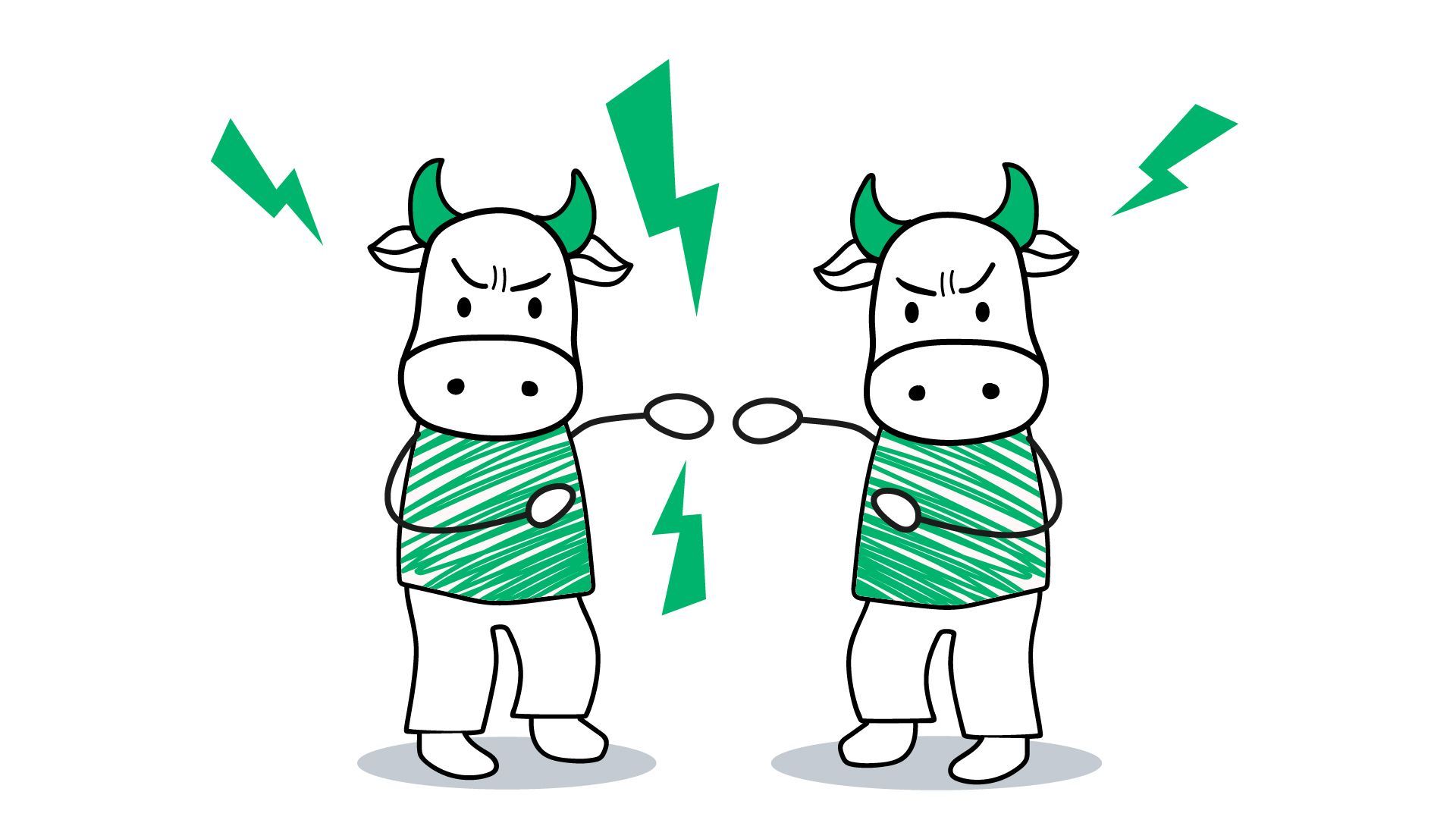Bull Put Options Strategy VS Bull Call option strategy

Options trading is a popular form of investing in the stock market that allows traders to speculate on the future price movements of an underlying asset. Two commonly used strategies in options trading are the Bull Put options strategy and the Bull Call option strategy. While both these strategies are bullish, they differ in their approach and risk-reward characteristics. In this blog post, we will explore the key differences between the Bull Put and Bull Call option strategies and when to use which strategy.
Bull Put Options Strategy
The Bull Put options strategy is a bullish strategy used by traders to profit from a rise in the price of the underlying asset. This strategy involves selling a put option with a strike price below the current market price of the underlying asset. The trader receives a premium for selling the put option and in return, agrees to buy the underlying asset at the strike price if the option is exercised.
For example, suppose the current market price of ABC stock is INR 1000. A trader could sell a put option with a strike price of INR 900 for a premium of INR 50. If the stock price stays above INR 900 until the option expires, the trader keeps the premium as a profit. If the stock price falls below INR 900, the trader is obligated to buy the stock at the strike price of INR 900.
Bull Call Options Strategy
The Bull Call options strategy is also a bullish strategy used by traders to profit from a rise in the price of the underlying asset. This strategy involves buying a call option with a strike price below the current market price of the underlying asset. The trader pays a premium for buying the call option and in return, has the right to buy the underlying asset at the strike price if the option is exercised.
For example, suppose the current market price of ABC stock is INR 1000. A trader could buy a call option with a strike price of INR 1100 for a premium of INR 50. If the stock price rises above INR 1100 until the option expires, the trader can exercise the option and buy the stock at the strike price of INR 1100. The trader can then sell the stock in the market for a profit. If the stock price stays below INR 1100, the trader loses the premium paid for the option.
Key differences between the two Strategies
The key differences between the Bull Put and Bull Call option strategies are:
- Direction: The Bull Put strategy is used when the trader expects the price of the underlying asset to remain stable or rise slightly, while the Bull Call strategy is used when the trader expects the price of the underlying asset to rise significantly.
- Risk-Reward Profile: The Bull Put strategy has limited profit potential but carries limited risk, while the Bull Call strategy has unlimited profit potential but carries higher risk.
- Premium: The Bull Put strategy involves selling options and receiving a premium, while the Bull Call strategy involves buying options and paying a premium.
When to use these Strategies
The Bull Put strategy is best used in a market that is expected to remain stable or rise slightly. It is a good strategy to use when the trader has a neutral to bullish outlook on the underlying asset. The strategy is also useful in generating income as the trader receives a premium for selling the put option.
On the other hand, the Bull Call strategy is best used in a market that is expected to rise significantly. It is a good strategy to use when the trader has a strong bullish outlook on the underlying asset. The strategy is also useful in leveraged trading as the trader can earn unlimited profits if the price of the underlying asset rises significantly.
Note: Just like Bull Call Spread and Bull Put Spread are both bullish options strategies but differ in some aspects, similarly, Bear Put Spread and Bear Call Spread are both bearish strategies but differ in some aspects.
Learn about Bear Put options Strategy VS Bear Call option strategy to master the market.
Conclusion
Both the Bull Put and Bull Call option strategies are popular bullish strategies used by traders in options trading. While the Bull Put strategy is used when the trader has a neutral to bullish outlook and the market is expected to remain stable or rise slightly, the Bull Call strategy is used when the trader has a strong bullish outlook and the market is expected to rise significantly.
Traders need to understand the risk-reward profile of each strategy and choose the one that suits their outlook and risk appetite. It is essential to do proper research, analyze market trends, and consider different factors such as volatility, liquidity, and time decay before selecting a strategy.
Options trading can be complex and risky, and traders need to have a good understanding of the underlying asset, market conditions, and different strategies before investing their hard-earned money. It is advisable to seek the advice of a professional financial advisor or broker before making any investment decisions.
Learn Option series next reads:



